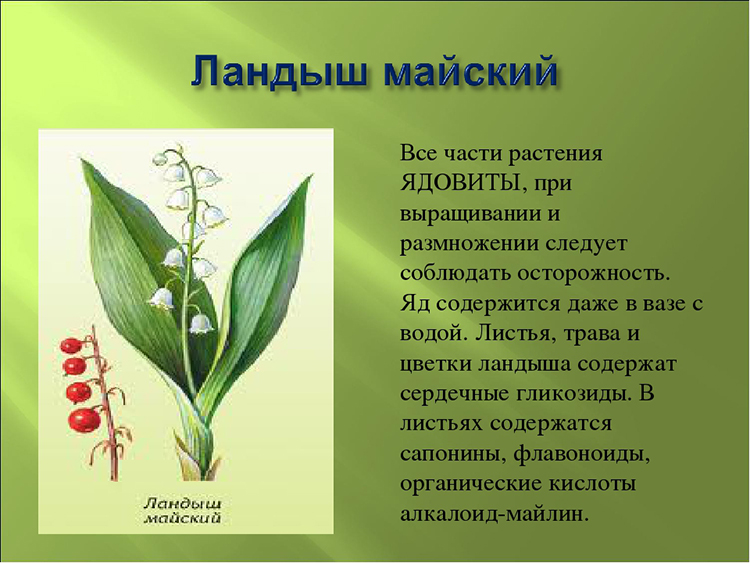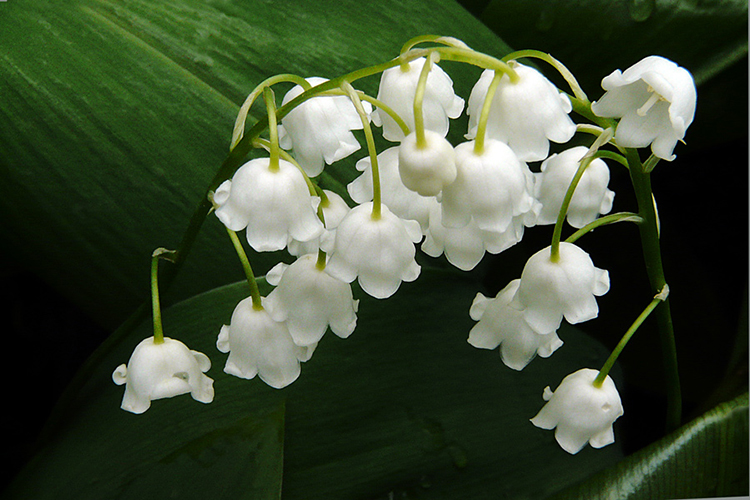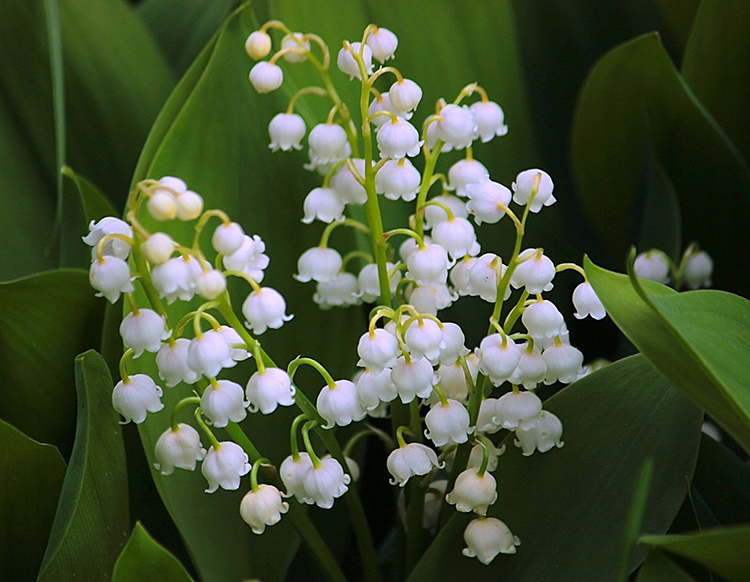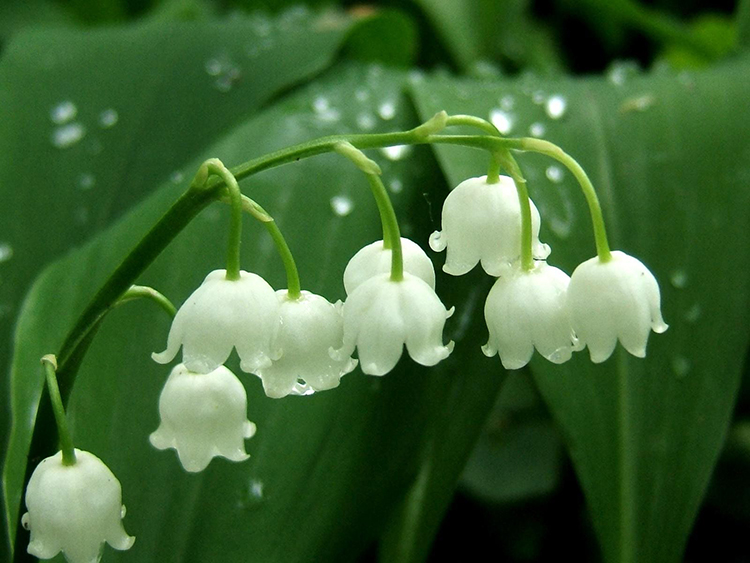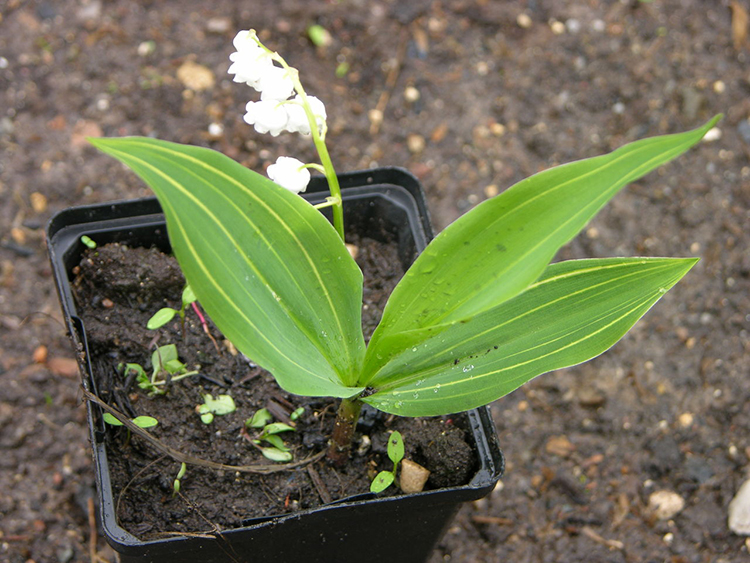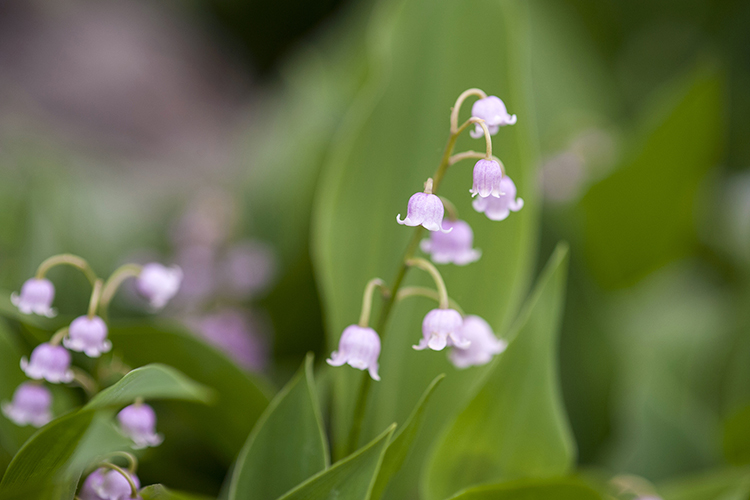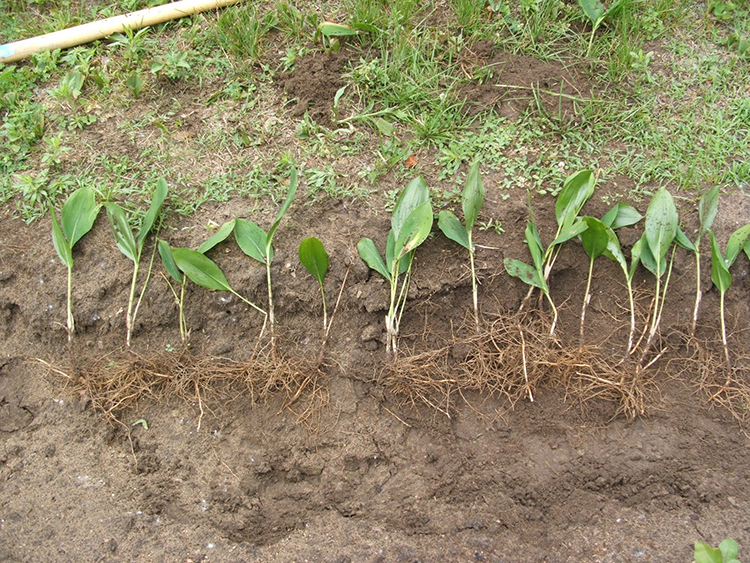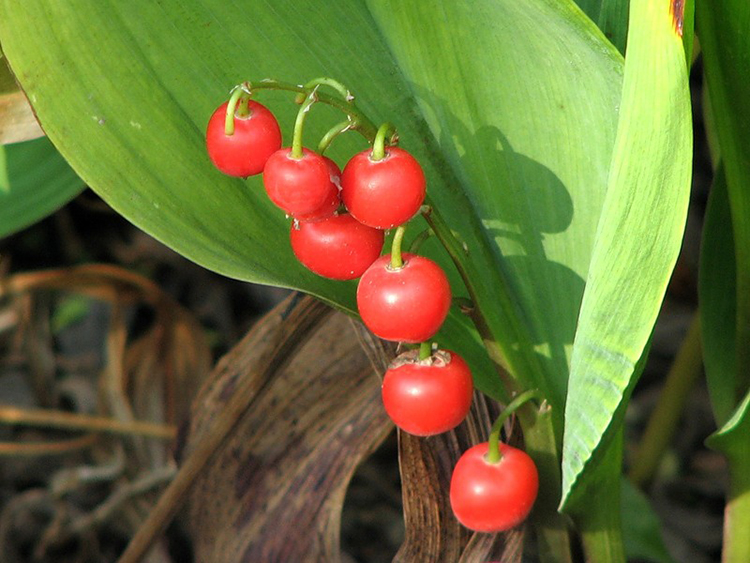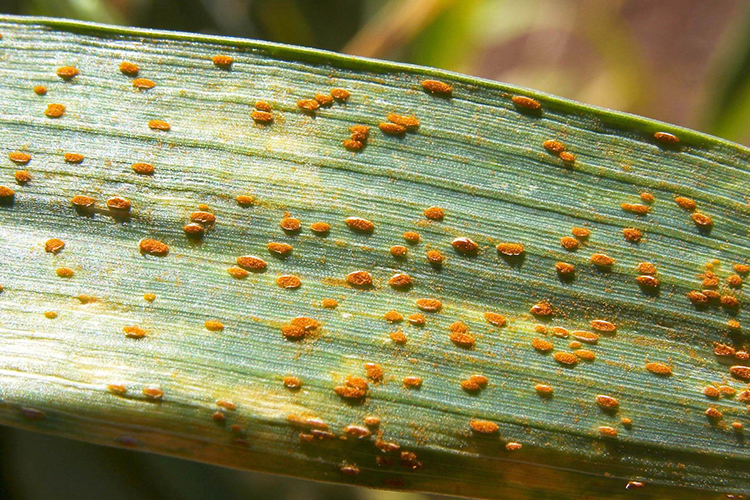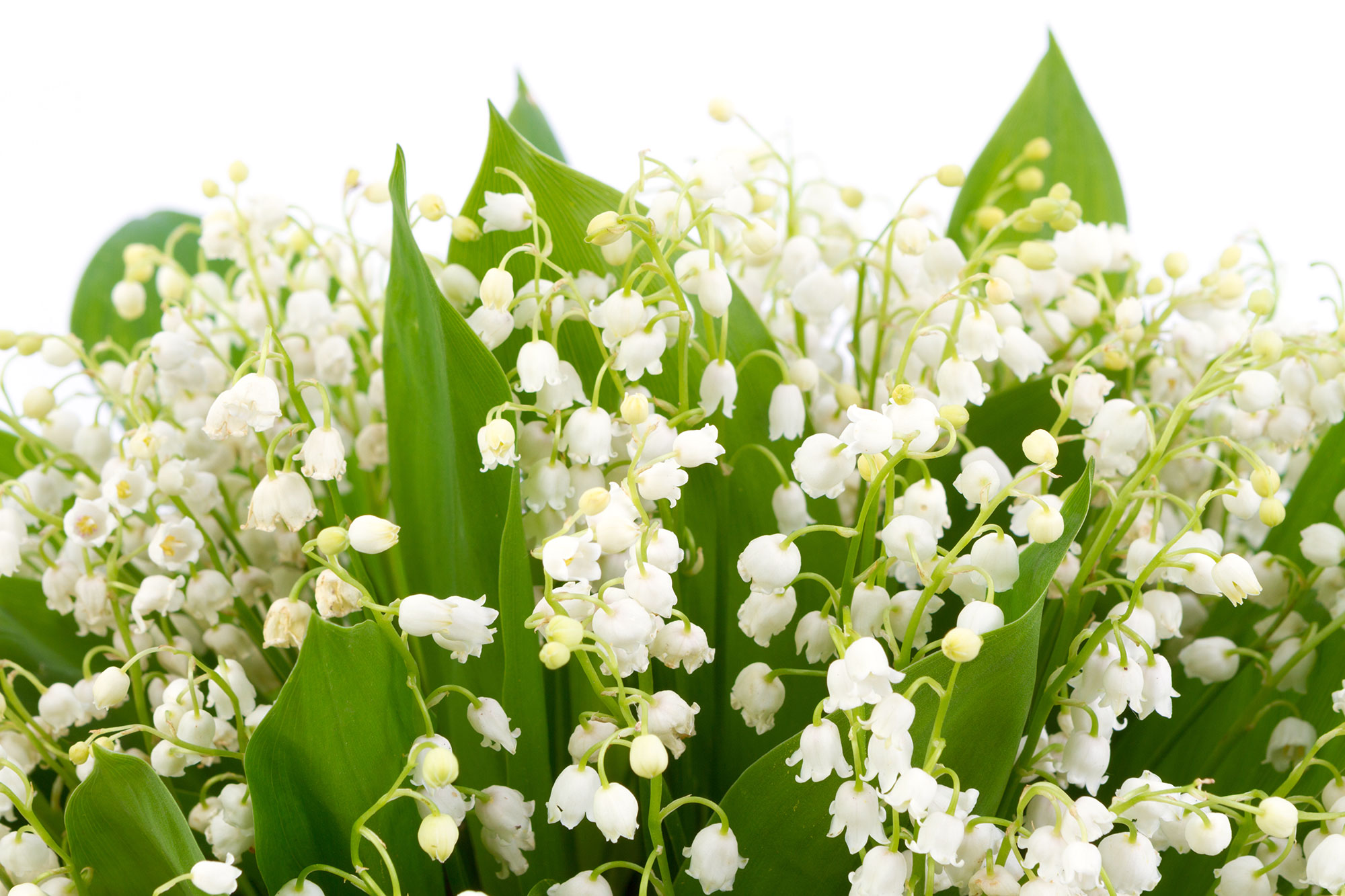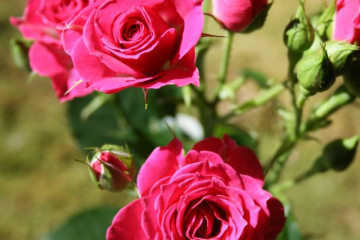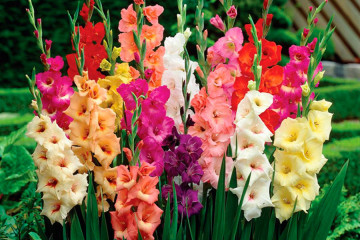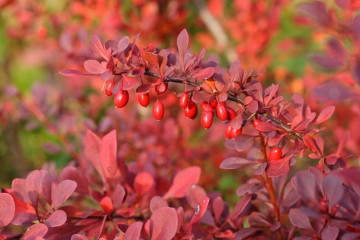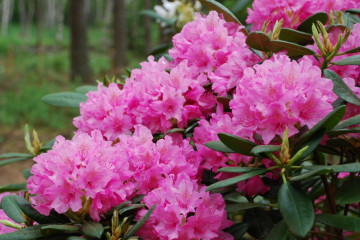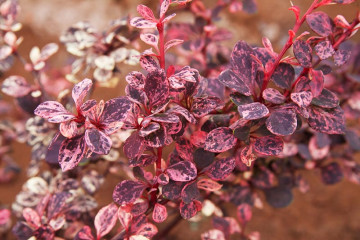May lily of the valley (Convallaria majalis) - description of the family
Content:
- What does lily of the valley (Convallaria majalis) look like?
- Classification of species of derivatives from May lily of the valley
- The cultivars most popular with gardeners
- How the May lily of the valley reproduces
- Features of care in the garden
- When and how it blooms
- Possible growing problems
- Use in landscape design
Every gardener dreams of decorating his plot. What could be better than flowers? It is not difficult to create an unusual interior for a personal plot in the country. The main thing is to choose the plants carefully. You can use classic roses or tulips, or you can plant a garden lily of the valley. The plant has its own special smell, which can be recognized even with closed eyes. Some try to cultivate wild flowers on their site, but this is prohibited, since some plant varieties are listed in the Red Book, and for these actions there is a serious financial fine.
What does lily of the valley (Convallaria majalis) look like?
Botanical description of the plant lily of the valley in May consists in listing its external characteristics:
- Plant height - at least 20 cm.
- The thin root has many root branches, the so-called shoots.
- The leaf begins directly at the root. The shape is elongated, oblong.
- Flowering is short, no more than 30 days. Inflorescences are formed in May.
- Lily of the valley berries are red, appear in late summer, early autumn.
What family does it belong to
Lily of the valley flower family - Liliaceae. This section has several more names - lily or lily-colored. Distinctive features - all plants of this family are monocotyledons, the leaves are linear, always long, endowed with rhizomes, bulbs or corms.
For many years, disputes have not abated whether lilies of the valley are listed in the Red Book or not. There is no definite answer. This is due to the variety of varieties, only some of which are subject to protection.
Some breeders insist that the species still belongs to the Asparagus family. In Russia, the plant has many "popular" names: rejuvenator, shirt, rejuvenated and others.
Briefly about the history of appearance
The first mention of the flower dates back to the 16th century. North America is considered the homeland. The lily of the valley Convallaria majalis was introduced to Russia in the 18th century.
The Latin name Lilium convallium was given by Karl Linnaeus, the translation reads - lily of the valleys.
Plant characteristics
Despite its graceful and sophisticated look, it is necessary to grow May lily of the valley as carefully as possible. The summer cottage will be completely filled with this plant in just 2-3 years.
Lily of the valley flowers are perennials that have a "tough disposition" and an aggressive character. Due to the highly developed rhizome, they will multiply on the site very quickly and it will be almost impossible to remove them.
Lily of the valley is attributed to a lot of useful medicinal qualities. It is used in both folk and traditional medicine. The extract of a flower is used in cosmetology and perfumery.
Classification of species of derivatives from May lily of the valley
The lily of the valley family is interesting and multifaceted. They grow on the territory of almost all of Europe and China; this plant can also be found in regions of North America and in Russia. In the wild, it prefers to grow in coniferous forests and on dangerous mountain slopes. It is forbidden to pick the May lily of the valley, as it is listed in the Red Book.
Lily of the valley Keiske (Convallaria Keiskei)
This subspecies has a more scarce growing area. It can be found in the forests of Eastern Siberia or the Far East. Less common in the Kuril Islands and Asia.
What do Convallaria Keiskei lilies of the valley look like? The main difference from the May ones is the larger flowers. It begins to bloom much later, at best, at the beginning of summer.
Mountain Lily of the Valley (Convallaria Montana)
A rarer variety. It grows in the mountains of the USA. The plant has wide leaves, inflorescences are white, they look like a bell. The largest and tallest species of the lily of the valley family.
Transcaucasian Lily of the Valley (Convallaria Transcaucasia)
Beautiful, decorative perennial. It differs from the rest in its unusual colors. The wide bells are white and have bent petals.
When do lilies of the valley bloom? This species has a longer flowering period, almost 4 months. It got its name because of its place of growth. It can be found in the mountains of the North Caucasus, in the Crimea.
The cultivars most popular with gardeners
In addition to wild-growing lilies of the valley, in recent years it has become fashionable to plant decorative flowers in the open ground in the garden. The most popular varieties can be purchased at specialized stores.
- Aureovariegata
The main difference between the variety is the color of the stripes on the leaves. They are colored bright yellow. The direction is also longitudinal.
- Aurea
Flowers are medium in size. The leaves are colored green-yellow.
Picture 6 Aurea vulgaris
- Grandiflora
The plant is endowed with large flowers and a very pronounced aroma.
- Albostriata
Decorative representative of the Lileiny family. The main value is the longitudinal cream lines on the green foliage.
- Green tapestry
The leaves of this plant are endowed with light spots. It is they who give the look a special charm and decorative effect.
- Hofheim
Berries of this type are orange. The leaf plate is framed by a light yellow stripe exclusively along the edges.
- Prolificans
The main "highlight" of this variety is the branching pedicel, because of this, the inflorescences curl.
- Rosea
The most unusual representative. Pink lilies of the valley are his "calling card". It begins to bloom early and pleases with its flowers for a long period.
How the May lily of the valley reproduces
In the wild, the plant does an excellent job of reproducing on its own. This can be done at home in two ways: by dividing and by seeds.
Vegetative propagation (division of the rhizome)
It is important to understand when to transplant lilies of the valley so as not to harm the flower. The division procedure should be carried out at the end of summer, when the flowering process has already ended.
It is best if the root with a flower stick is used for planting. The optimal size of the planting material is 10-12 centimeters.
Growing from seeds
The seed breeding method of lilies of the valley is extremely rarely used. This is associated with certain difficulties:
- Seeds grow for a long time and badly.
- The first flowers with this method of reproduction will appear only after five years.
- This method does not require transplants and is planted directly into the ground.
The seeds can be harvested from lily of the valley berries.
Features of care in the garden
Like any other plant, lily of the valley is picky about compliance with the rules of cultivation. The flower needs to be surrounded with care and maintenance.
The culture loves partial shade, so it is better to transplant it away from the sun. At the same time, the complete absence of the sun will lead to shallower flowers for the next year.
This representative of the Lileiny family categorically does not tolerate stagnant moisture. The root system begins to rot and the plant dies.
Watering
Lily of the valley is not picky about a certain level of humidity. The main requirement is not to pour. It is drought tolerant.
Watering can be carried out only in the summer; in the remaining months, soil moistening can be practically not carried out.
Mulching
The creation of a protective layer in the form of mulch helps to retain moisture during a very important period when the flower stalk begins to form. For these purposes, you can use chopped hay, weeds, sawdust.
Loosening
Timely loosening of the soil, which must be performed after each watering, contributes to the supply of oxygen to the root system.
Top dressing
It is recommended to add organic matter in the spring. The best result is shown by manure-based fertilization.
Mineral preparations can be applied only in the second year of the flower's life. Experienced gardeners advise using superphosphate and potassium.
Transfer
The recommended time for transplanting is autumn.
It is necessary to prepare the grooves in advance, the depth directly depends on the size of the root system. The sprout must not be buried more than 2 centimeters.
After transplanting, the bed must be abundantly moistened.
When and how it blooms
Depending on the variety, the duration of flowering and the appearance of the flowers depend.
A cluster of 5-20 flowers is located on a flowering stem. Regardless of the variety, the location is drooping. The color scheme is not rich, there are only two colors, white and pink.
All flowers are bell-shaped. The size depends on the variety and external factors. The perianth is 6-9 mm long and 4-6 mm wide. The petals of most representatives of the species are bent outward.
Flowering time is from May to June. In some warm regions, it can bloom much earlier - already in April.
Changes in care during flowering
Care during the flowering period practically does not differ from the rules of cultivation at other times. The most important thing is to extend this period as much as possible.
But this is not difficult to do - it is enough to timely remove withered and damaged leaves and flowers.
Possible growing problems
Failure to comply with the rules of agricultural technology often leads to the appearance of parasitic insects on the site, which seriously harm the plantings, and it will be very difficult to get rid of them. It can also lead to infection of the lily of the valley with all kinds of diseases.
Pests:
- Worms are parasites, which, unlike ordinary rainworms, suck out the juice of the crop. Because of this, growth stops and the plant dies.
- Beetle rattle. It destroys the leaves of all plants of the Liliaceae family. The danger is carried not only by the insect itself, but also by its larvae.
- Onion cracker. In addition to bulbous crops, it eats the foliage of Liliaceae with pleasure.
You can get rid of these pests with the help of timely protective measures. An excellent way is to spray with insecticidal preparations.
Most often, the plant is affected by the following "sores":
- Fungal gray rot. All parts of the plant suffer, they are covered with a gray putrid bloom.In this case, it will not be possible to save the lily of the valley, it must be destroyed, and the soil must be treated with a fungicide.
- Black plaque on the plant appears in case of infection with sclerotinosis. The cause of the disease is fungal spores attacking the culture. A dangerous disease has another unpleasant feature, it spreads with lightning speed to other cultures. That is why it requires immediate destruction and cultivation of the soil.
- If spots are found on the plant, framed with a red border, then this is a consequence of the defeat of purple spot.
In any case of infection described above, the reason lies in non-compliance with the rules of care and cultivation.
Any external changes are the consequences of illiterate care. Despite the calm disposition and unpretentious nature of the species, lily of the valley, like other plants, requires basic care.
Use in landscape design
A graceful and very delicate flower can become a real decoration of any site. Increasingly, landscape designers are using it in the creation of compositions.
Compliance with the standards of care and basic safety rules will allow you to grow a real decoration of any garden without any special physical costs. It is important not to forget that the root system grows quickly and aggressively, and can easily "hammer" the rest of the species. For joint compositions, it is recommended to fence the lily of the valley from other species with a small fence.
